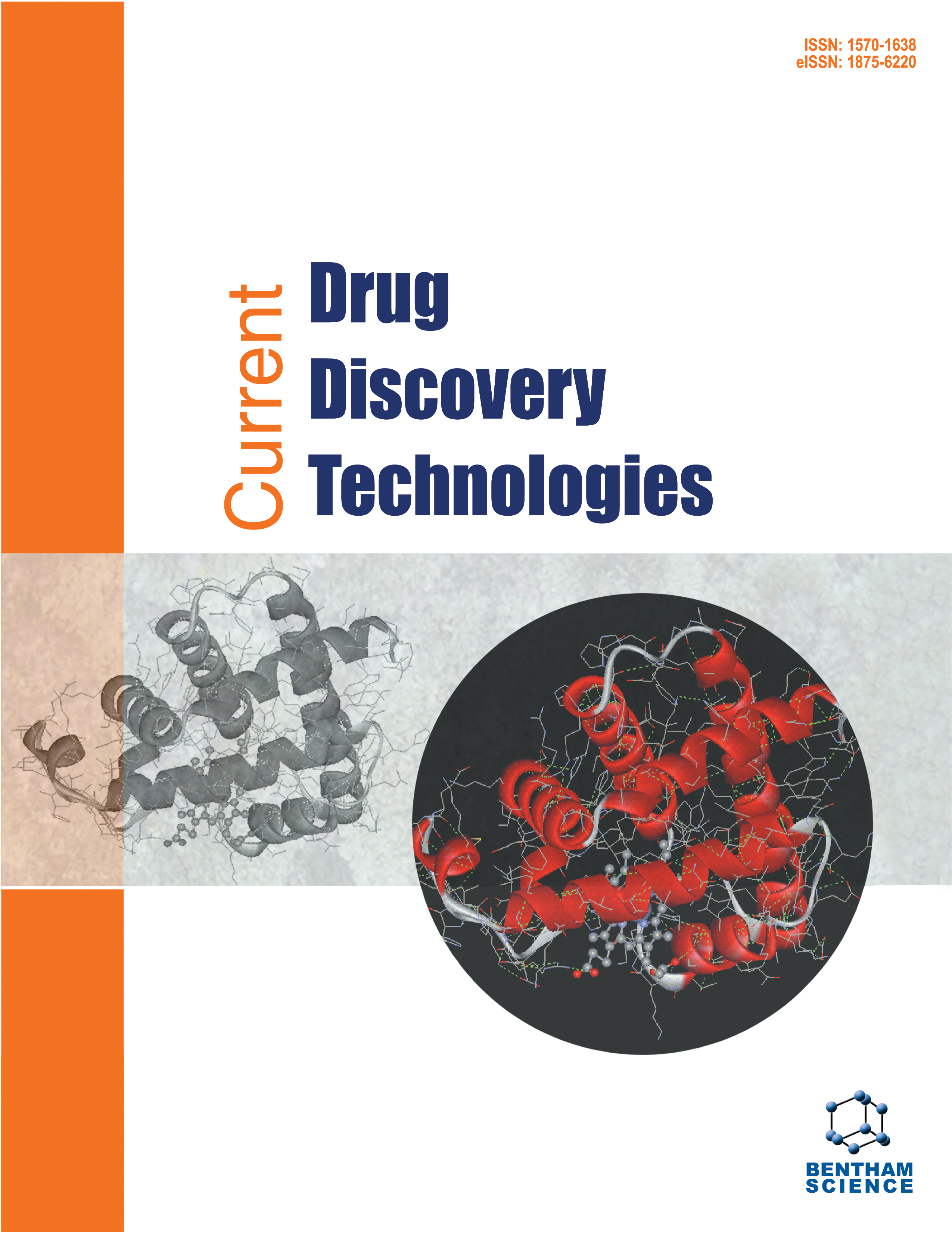
Full text loading...
We use cookies to track usage and preferences.I Understand

One of the most prevalent sexually transmitted diseases (STDs) is infection with the human papillomavirus (HPV). The current treatment methods comprise employing chemotherapeutic medications or doing surgery to remove the developed tumors. A more affordable option for treating HPV-related diseases has emerged with the advent of medication-based therapy. The interaction between E6 protein and E6AP generates a p53 degradation complex in HPV-infected cells, which facilitates carcinogenesis.
The purpose of this work is to use a virtual screening technique to find possible small molecule inhibitors against the HPV16 E6 protein.
Compounds 5, 7, and 10 are three new HPV 16 E6 inhibitors that were created utilizing a fragment-based methodology. The trials subset in the ZINC database was screened virtually using the structural information of these three novel chemicals, yielding 9800 hits. Using the GLIDE module of the Schrodinger software, three virtual screening phases were applied to the molecules that were collected from the database. MD simulations and DFT (Density Function Theory) were also carried out.
The findings indicated that when compared to the reference molecule, luteolin, the five-hit compounds (ZINC000034853956, ZINC000001534965, ZINC000095617673, ZINC000005764481, and ZINC000071606215) demonstrated superior glide scores. Important interactions between these compounds and the HPV 16 E6 protein were seen. Using the QikProp tool, the pharmacokinetic characteristics of these hit compounds were examined. The findings demonstrated that the pharmacokinetic characteristics and oral absorption by humans of all five compounds were found to be satisfactory. Except for ZINC000005764481, all five hit compounds were predicted to be toxic; the remaining four displayed drug-like characteristics.
To create HPV 16 E6 inhibitors for the treatment of HPV-related disorders, the four hit compounds (ZINC000034853956, ZINC000001534965, ZINC000095617673, and ZINC00007160-6215) can be employed as lead molecules.

Article metrics loading...

Full text loading...
References


Data & Media loading...